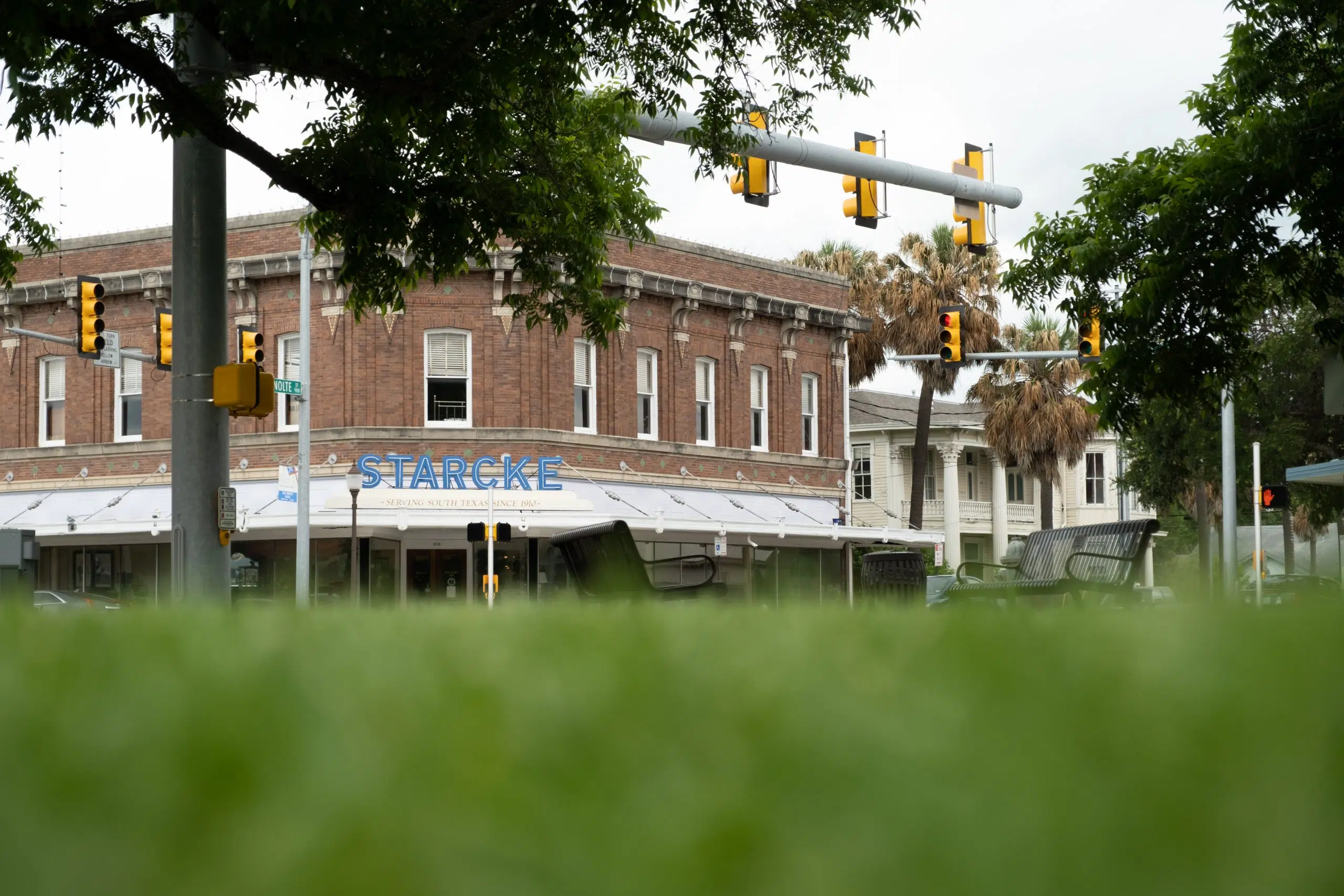Embracing “Exurban”
Column by Tess Coody-Anders
Rapid development and population growth not only change the landscape of a community, but challenge the way we think of ourselves. Is Seguin suburban? Rural? Or something in between? The American Communities Project (ACP) classifies Guadalupe County as an “exurb” – a place at the fringe of a larger metropolitan city, but not quite as close-in and dense as a suburb. In all, there are 222 such counties in the United States, and while they are as diverse as their geography, there are some key trends worth noting as we plan for our own fast-arriving future.
The ACP notes that exurban communities are relatively safe places to live, with violent crime rates less than half the national average. Residents of exurbs are more likely to make lengthy solo commutes to work in nearby cities – 10 percent more on average than the rest of the nation. Exurbs offer more square footage per person, allowing more privacy, more access to nature and recreation, and relatively lower home prices. On the downside, such areas offer lower walkability, longer commutes for amenities like shopping and restaurants, and below average access to physicians. Mental health providers are even more scarce, with nearly 75 percent more people per provider than the rest of the country.
They also share one critical attribute: migration to these areas is booming. While the population growth in the United States overall has slowed, movement to the exurbs is accelerating. Young workers – millennials in particular – are leaving urban areas and even suburban areas for exurbia, chased out by skyrocketing home prices, overcrowding, and a desire to raise families in small towns where a clear sense of place creates a sense of home. Remote work makes this move even more viable.
Often, the tension facing an exurban community exists in maintaining its sense of place (often closely connected to its agricultural roots) while welcoming and accommodating new movers. It’s almost a kind of identity crisis; think of visiting the Big Red Barn and experiencing pride in the agricultural history represented there, while passing master planned housing developments with near-zero lot lines all along Highways 46 and 123. How to reconcile who we have been with who we are becoming?
For Seguin, this challenge is multi-layered; fast growth is coming at a time when we are still working at “placemaking.” For too long, we acquiesced to New Braunfels or other cities on the corridor when it came to community pride and new opportunities and investments. We have been our own worst critics, quick to point to our community’s faults and willing to spend our time and money elsewhere. Nevertheless, shrewd investments in recent years in our schools, parks and trails, library and downtown are yielding visible changes that inspire civic pride.
Economic development efforts are rapidly diversifying to attract higher wage employers, without sacrificing the strong manufacturing base that weathers economic turns better than tourism or energy production alone. And as the cost of development in neighboring suburban communities skyrockets, individuals and employers alike are seeing Seguin with new eyes.
As our city and downtown work through master plans, I hope we will arrive at some bedrock principles that we will use to guide decision making, planning and zoning, and investments in the future that acknowledge our exurban attributes. For example, let’s ensure housing remains affordable for all – not just some. This might mean setting caps on the numbers of short-term rental properties in city limits to prevent a rapid escalation in home prices that would effectively cut out mid-to-lower income workers. Or investing in small businesses and the creative class by supporting downtown development – not just big box development at the interstate. And building workforce education and training programs to prepare for the jobs of tomorrow, which means support for and collaboration between three incredible assets: Texas Lutheran University, Central Texas Technology Center and our public schools. If we will commit to design these principles, there are lessons that our exurban community can take from other towns that have been gobbled up by metropolitan growth; we should look as carefully at communities we do not want to become as we do those that inspire us. Regardless, we must articulate a real vision for our community before committing to tactics. Every choice we make as a community going forward should be one that has a clear connection to that vision and demonstrate how we are preparing to realize a future we have designed, not just accepted. As we master plan for our corner of exurbia, we would be wise to remember that a roadmap without a destination means we will do a lot of wandering without getting much of anywhere.





